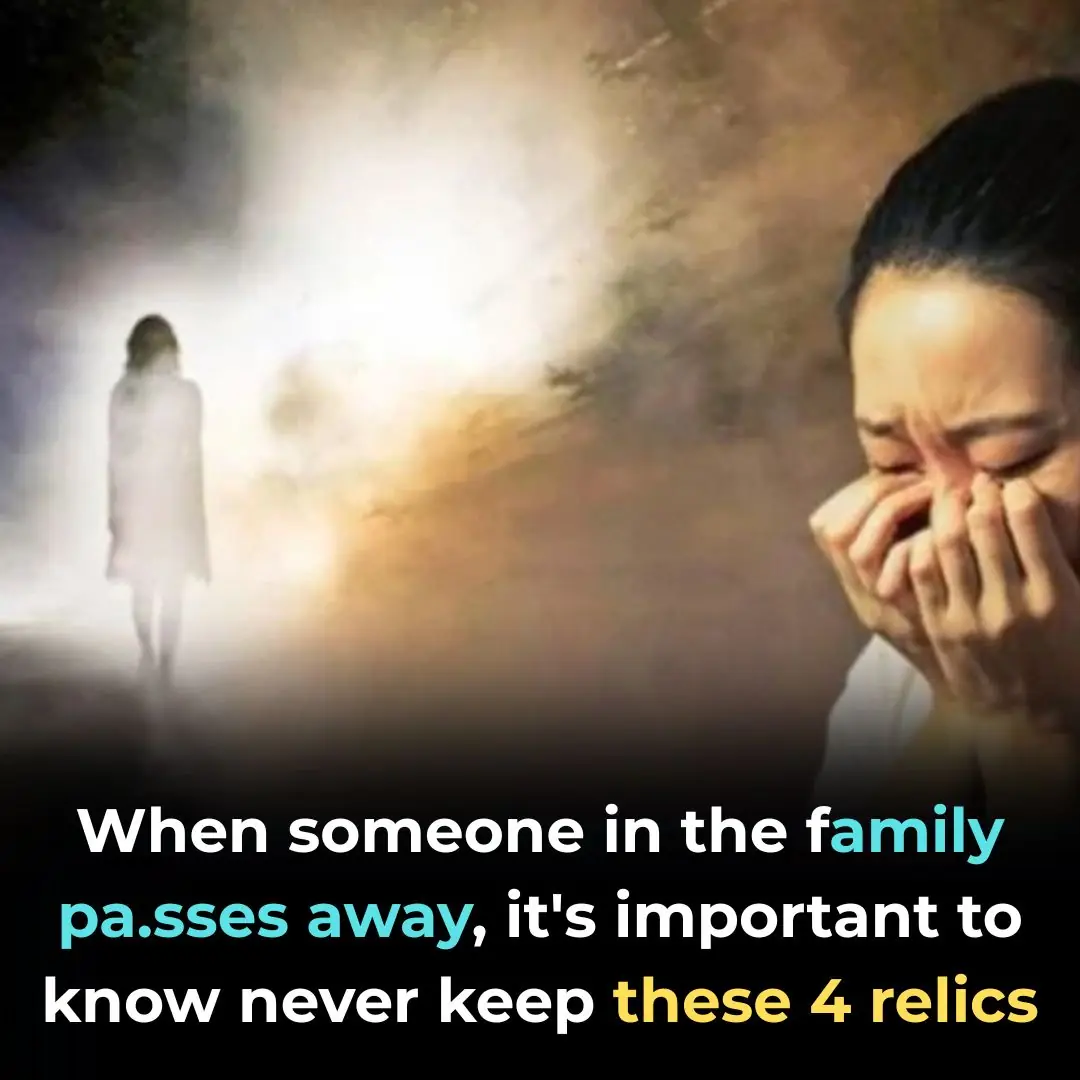
How Denmark Is Redefining Childhood in the Digital Age

Denmark’s Bold Stand: Reimagining Childhood in the Age of Screens
Denmark has entered the global debate over children, screens, and the digital world with a bold and controversial move: a plan to ban social media for anyone under the age of 15. Prime Minister Mette Frederiksen announced the proposal in early October during the opening of the Danish parliament, calling social media and smartphones “a threat to childhood itself.” Her statement echoed a growing unease shared by parents, educators, and governments across the world—that the very tools meant to connect us are now quietly corroding the mental health, attention, and social lives of young people.
Frederiksen’s declaration did not emerge in isolation. It followed Denmark’s earlier decision to ban mobile phones in schools and after-school programs and came amid a wave of similar measures worldwide. Australia introduced a ban on social media for under-16s in 2024, while Norway and Greece are debating comparable restrictions. Yet Denmark’s proposal stands out for its moral urgency and sweeping scope. If passed, it would make the Scandinavian nation one of the strictest in Europe when it comes to protecting children from digital exposure. As other countries watch closely, the move has ignited a global conversation about what childhood really means in an age of constant connectivity.
A Nation Draws the Line Between Technology and Childhood
When Prime Minister Frederiksen addressed parliament, her tone was personal and resolute. “Mobile phones and social media are stealing our children’s childhood,” she warned, describing a generation growing up anxious, distracted, and detached from the physical world. The statement struck a chord across Europe and beyond. Denmark, often seen as a model of social progress and wellbeing, had decided it was time to draw a firm line between childhood and technology.
Under the proposed law, children under 15 would be prohibited from creating or using social media accounts. Parents could grant exceptions beginning at age 13, but only with explicit consent. Frederiksen’s warning was supported by troubling data: nearly all Danish seventh graders already have social media accounts before the legal age of 13, and more than half of teenage boys reportedly spend most of their free time alone.
To Frederiksen, these are not coincidences—they are symptoms of a deeper societal imbalance. “We have unleashed a monster,” she said, referring to the omnipresence of screens and algorithms shaping young minds. The Danish government’s Wellbeing Commission, established in 2023, had already issued similar warnings, linking excessive screen time to poor sleep, shorter attention spans, and rising anxiety among children. The same report urged banning smartphones for children under 13—a step Denmark has already begun to take. For many parents and teachers, the new social media ban feels not radical, but necessary.
The Global Movement to Reclaim Digital Childhood

Denmark’s stance is part of a wider reckoning. Around the world, governments are struggling to balance protection with participation—to shield children from harm without cutting them off from the digital sphere entirely. Australia has led the charge, introducing one of the world’s toughest social media age laws in 2024: platforms face fines of up to 50 million Australian dollars for failing to enforce underage bans. Tech giants like TikTok, Meta, and YouTube are now under pressure to build privacy-respecting age verification systems, an unprecedented challenge for the industry.
Momentum is spreading. Norway’s Prime Minister, Jonas Gahr Støre, has floated a similar under-15 restriction, while Greece has proposed a European Union–wide “age of digital adulthood.” France’s President Emmanuel Macron has also called for stronger protections for minors, comparing social media exposure to “secondhand smoke” in its unseen but cumulative damage.
Within the European Union, where data protection laws are already among the world’s toughest, Denmark’s proposal is reigniting debate about harmonizing age standards across member states. EU rules currently allow children as young as 13 to join online platforms, but enforcement is weak. Denmark’s boldness could inspire Brussels to push for a continent-wide digital childhood charter—a move that would make Europe the first region to define what ethical, child-centered technology looks like.
Mental Health and the Modern Childhood Crisis

Supporters of Denmark’s plan argue that the evidence of harm is overwhelming. Rates of depression, loneliness, and self-harm among adolescents have surged since the advent of smartphones and social networking. Danish teachers increasingly report that students struggle to concentrate, empathize, or maintain eye contact, echoing similar findings from the U.S. and the U.K. According to the Pew Research Center, more than half of American teens say social media makes them feel worse about themselves—an emotional erosion mirrored across Europe.
Psychologists say this is not accidental. Social platforms are designed to hook attention through dopamine-triggering feedback loops—likes, shares, notifications—that mirror addictive behaviors found in gambling. Children and teens, whose brains are still developing self-control mechanisms, are uniquely vulnerable. As one neuroscientist put it, “Social media doesn’t just capture attention—it colonizes it.”
Frederiksen also highlighted the social isolation born from digital dependence. Online connection, she noted, gives the illusion of friendship but little genuine intimacy. Many young Danes now go days or weeks without meeting peers in person. Her statistic that 60% of boys aged 11 to 19 don’t meet friends outside their homes each week resonated deeply in a culture that prizes community and trust. Her message was unmistakable: a childhood lived through screens is no childhood at all.
Enforcement, Freedom, and Unintended Consequences
Even those sympathetic to Frederiksen’s concerns question whether such a ban can truly work. Teenagers are experts at digital evasion, easily bypassing restrictions with VPNs, fake accounts, or alternative apps. Critics argue that instead of prohibitions, governments should invest in digital literacy, mental health education, and parental guidance programs.
Dr. Fiona Scott, a media researcher at the University of Sheffield, warned that total bans risk oversimplifying a nuanced problem. “Children use social media not only for entertainment but for identity and community-building,” she said. “Cutting them off could stunt digital skills that are now essential for civic participation and future careers.” Similar concerns have been raised in France, where surveys suggest nearly half of underage users already circumvent existing age limits.
Ethical questions loom large. Where does protection end and paternalism begin? Should the state decide which digital spaces teenagers can enter, or should families make that call? Some educators fear that cutting off social media may deepen feelings of exclusion among isolated or neurodivergent teens who rely on online communities for belonging.
Still, even skeptics concede that the current status quo—a digital Wild West where children face algorithmic manipulation and targeted advertising—is untenable. Denmark’s move may therefore be best understood not as a final answer, but as a provocation to rethink digital governance.
Balancing Freedom and Protection in the Digital Age

The debate unfolding in Denmark captures one of the central tensions of modern democracy: how to reconcile freedom with protection in a hyperconnected world. Supporters of the ban liken it to earlier public health interventions—seatbelt laws, smoking bans, or restrictions on alcohol—once criticized as overreach but later proven lifesaving. Critics counter that digital resilience can’t be legislated; it must be taught.
Both camps agree, however, that the tech industry bears major responsibility. For years, social media companies have optimized for engagement and profit, not wellbeing. Age checks are minimal, content moderation inconsistent, and addictive design features remain unchecked. Denmark’s plan is, in many ways, an attempt for the public sector to reclaim moral authority from a tech industry that has long acted with near-total autonomy.
The proposal has also revived debate about the role of parents. The consent clause allowing parents to approve limited access for 13- to 15-year-olds recognizes that digital maturity varies widely. It subtly reinforces a message long overdue in the digital era: parents must re-enter the conversation, setting boundaries and modeling behavior rather than surrendering to algorithms.
A New Era of Digital Responsibility

If enacted, Denmark’s plan could reshape not just social media regulation but the architecture of the internet itself. Platforms might be compelled to introduce robust age verification systems—using digital IDs, facial recognition, or parental validation tools. Such steps raise legitimate privacy concerns, but they could also usher in a more accountable digital ecosystem, one that treats children as developing humans, not monetizable data streams.
This move aligns with Denmark’s broader Scandinavian ethos of social responsibility and child-centered policy. Just as Nordic welfare models reshaped education and labor systems worldwide, Denmark may now influence global digital ethics. The European Commission has already hinted that the Digital Services Act could evolve to include new child-protection clauses inspired by Copenhagen’s initiative.
Cultural adaptation, however, will be crucial. In societies where digital connectivity underpins education and friendship, such bans may face greater resistance. Yet the underlying message is universal: unregulated exposure is not neutral—it has consequences.
Rethinking What Childhood Means in the 21st Century
Denmark’s push to ban social media for under-15s is not just about technology—it’s about redefining childhood itself. It reflects a profound struggle between freedom and safety, innovation and wellbeing, connection and solitude. Whether or not the proposal passes, it has already achieved something vital: forcing societies to confront the uncomfortable truth that the digital world, as it stands, was not designed for children.
Frederiksen’s warning that “we have unleashed a monster” resonates as both caution and challenge. The monster, however, is not beyond control. If governments, tech companies, educators, and families work together, it can be tamed through thoughtful design, education, and shared responsibility.
Ultimately, Denmark’s move is more than a policy—it’s a cultural statement about the kind of world we want our children to inherit. The debate is not about banning the future but about preserving the possibility of one where childhood still unfolds in curiosity, laughter, and real human connection—unfiltered by algorithms and untouched by addiction.
As other nations look to Denmark, the message is clear: the age of digital responsibility has arrived, and its first test begins now.
News in the same category


The Animal You See First Reveals Your Anger Trigger

New Study Finds Eating More Than 1 Egg Per Week Cuts Alzheimer’s Risk by 47%

4 things you shouldn't keep

The Hidden Meaning Behind Tongue Piercings Most People Don’t Know

Scientists Create Revolutionary “Superwood” Stronger Than Steel and Completely Fireproof

The Wondiwoi Tree Kangaroo Returns After Nearly a Century of Silence

Why do many men love married women more than single women?

5+ Things That Men Actually Notice About Women

This Is the Most Attractive Hobby a Man Can Have, According to Women

Pick The Underwear You Would Wear To Reveal What Kind Of Woman You Are

What to Do If Your Child Is Bitten by a Strange Bug

If you're caught Googling these four words Police may show up at your house

Fascinating animation reveals exactly how gas pumps know when to stop pouring gas

Elon Musk's Starlink satellites could be falling out of the sky

Expert issues chilling warning on Elon Musk's robots as billionaire plans to put them on Mars

Jeff Bezos sent a secret tourist into space and their identity is set to be revealed

Super typhoon set to send shockwaves through the US is just days away

Moon Meets Mars: A Dazzling Celestial Encounter on October 11, 2025
News Post

The Woman and the Tortoise Who Grew Old Together.

The Man Who Plowed with One Hand and Rocked a Child with the Other.

The Woman the World Forgot — and the Words That Refused to Die.

Nelson Story: The Cowboy Who Built a Legacy.

The Guardian with Four Paws.

The Girl Who Came Back After 15 Months.

A Mother’s Courage: The Elephant Rescue in the Ewaso Nyiro River.

The Day Hope Returned: A Family’s Rescue of a Dying Sea Turtle.

Full Circle of Grace: The Ex-Convict and the Officer Who Arrested Him.

6 Benefits of Eating Garlic Before Bedtime

The Survivor of South Padre Island: A Mother’s Courage Beneath a Broken Shell.

Brown vs. White Eggs: Which Should You Choose?

When My Daughter-in-Law Acc used Me of Ru ining Her Marriage, I Had to Make a Hard Choice

I BROKE DOWN SAYING GOODBYE TO MY K-9 PARTNER

I Found Out My Husband Was Secretly Meeting His Ex — And My Daughter Knew Her

This brave woman claims that having a stroke and losing her ability to move below the waist was the best thing that has ever happened to her

Lamb’s Quarters/Wild Spinach: The Underestimated Superfood with Maximum Health Benefits

WARNING SIGNS OF POOR BLOOD CIRCULATION THAT MOST PEOPLE OVERLOOK AND HOW TO SPOT THEM EARLY

Thrombosis can strike suddenly — know the symptoms before it's too late
